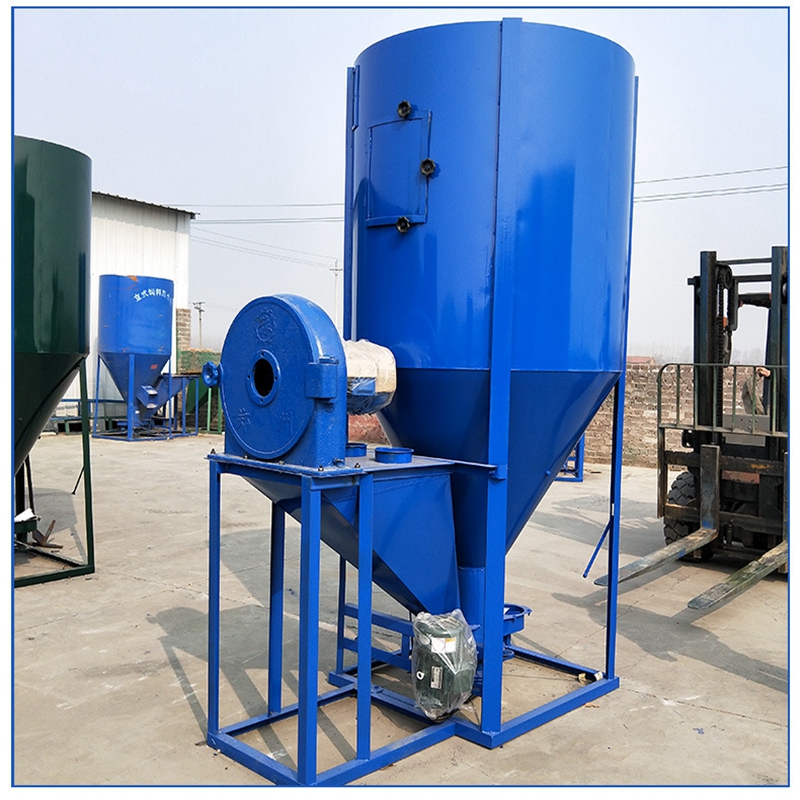Enhancing Greenhouse Efficiency with Evaporative Cooling Pads for Optimal Plant Growth and Temperature Control
Aug . 12, 2024 14:26 Back to list
Enhancing Greenhouse Efficiency with Evaporative Cooling Pads for Optimal Plant Growth and Temperature Control
The Importance of Evaporative Cooling Pads in Greenhouses
As greenhouse farming continues to gain popularity due to the increasing demand for year-round fresh produce, managing the internal climate has become a crucial factor for success. Among various cooling techniques in use today, evaporative cooling pads stand out as a highly effective and energy-efficient method for regulating temperature and humidity levels within greenhouse environments. This article explores the significance of evaporative cooling pads in greenhouses, their functioning mechanism, advantages, and best practices for implementation.
How Evaporative Cooling Pads Work
Evaporative cooling is a natural process that leverages the principles of water evaporation to lower temperature and increase humidity levels. In the context of greenhouses, evaporative cooling pads are typically made of absorbent materials that can hold water. As warm air from outside moves through these pads, the water evaporates, absorbing heat from the incoming air. Consequently, the air temperature drops before entering the greenhouse, creating a cooler, more stable environment for plants.
This cooling method is often paired with fans that help circulate the cooled air throughout the greenhouse, ensuring even temperature distribution. The fans draw outside air through the wet pads, maximizing the evaporative cooling effect while simultaneously enhancing humidity levels that can benefit plant growth.
Advantages of Using Evaporative Cooling Pads
1. Energy Efficiency One of the most significant benefits of evaporative cooling pads is their energy efficiency. Compared to traditional air conditioning systems, which can consume large amounts of electricity, evaporative cooling requires minimal energy. The main component is the fan, while the cooling process itself relies on the natural evaporation of water.
2. Cost-Effectiveness The initial setup cost for evaporative cooling pads is generally lower than that of conventional cooling systems, making them an attractive option for greenhouse owners looking to manage expenses.
3. Improved Plant Health By maintaining optimal temperature and humidity levels, evaporative cooling pads contribute to healthier plant growth. Many crops thrive in slightly humid environments, and the controlled cooling helps avoid heat stress, which can lead to wilting or reduced yields.
evaporative cooling pads greenhouse

4. Environmental Benefits Utilizing water evaporation as a cooling method reduces reliance on fossil fuels, contributing to a lower carbon footprint. Additionally, using water as the cooling medium instead of refrigerants often associated with chemical air conditioning promotes a more eco-friendly approach to greenhouse management.
Best Practices for Implementation
When integrating evaporative cooling pads into a greenhouse system, several best practices can ensure maximum effectiveness
- Proper Sizing Calculate the size of the cooling pads required based on the greenhouse's dimensions, crop types, and local climate conditions. Inadequately sized pads may not provide effective cooling.
- Maintaining Cleanliness Regular maintenance is essential to prevent algae growth and sediment buildup on the pads. Clean the pads periodically to ensure optimal airflow and cooling efficiency.
- Water Quality Management Use clean, non-saline water to prevent mineral buildup that can clog the pads and diminish their absorbing capacity.
- Ventilation Ensure proper ventilation within the greenhouse to work in conjunction with the cooling pads. This allows for stale and hot air to escape, promoting better air circulation.
Conclusion
In conclusion, evaporative cooling pads represent an innovative and sustainable solution for maintaining favorable growing conditions within greenhouses. Not only do they optimize temperature and humidity levels, but they also promote energy efficiency and cost savings, benefiting both the environment and the grower’s bottom line. As greenhouse farming continues to evolve, embracing technologies like evaporative cooling will be vital for producing high-quality crops in an efficient and eco-friendly manner.
-
Hot Sale 24 & 18 Door Rabbit Cages - Premium Breeding Solutions
NewsJul.25,2025
-
Automatic Feeding Line System Pan Feeder Nipple Drinker - Anping County Yize Metal Products Co., Ltd.
NewsJul.21,2025
-
Automatic Feeding Line System Pan Feeder Nipple Drinker - Anping County Yize Metal Products Co., Ltd.
NewsJul.21,2025
-
Automatic Feeding Line System - Anping Yize | Precision & Nipple
NewsJul.21,2025
-
Automatic Feeding Line System - Anping Yize | Precision & Nipple
NewsJul.21,2025
-
Automatic Feeding Line System-Anping County Yize Metal Products Co., Ltd.|Efficient Feed Distribution&Customized Animal Farming Solutions
NewsJul.21,2025






